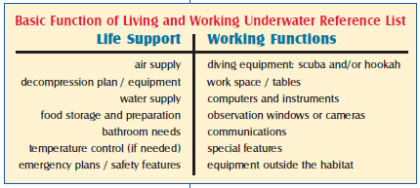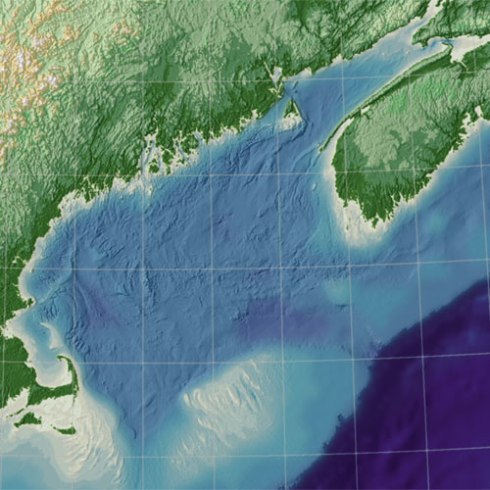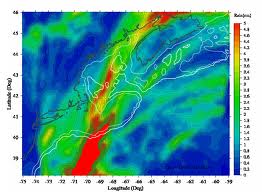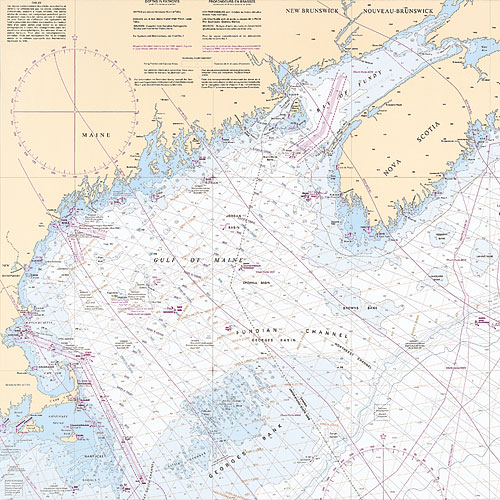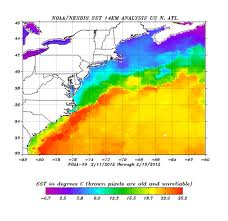You have been challenged to design a practical underwater laboratory, or habitat, for aquanauts to live and work for one to two weeks while they conduct marine science research. The considerations you’ve been ask to account for in your design are:
One thing that you are not taking into consideration is the practicality of building your aquapod and assembling it underwater.
A network of focused experimental sites are being constructed in the Northeast Pacific Ocean to serve researchers, students, educators, and policymakers and begin “a new era of scientific discovery and understanding of the oceans”. The research stations are not habitats for living in but rather a series of sites with an array of monitoring equipment for monitoring chemical, physical, biological, and sediment conditions.
Your task today is to:
- Read the news article describing the observatory.
- Watch two or three three short videos of the work being undertaken. I suggest Dive 1482 Highlights, Dive 1604, and Dive 1596 Highlights.
- Read the National Geographic article Huge Molasses Spill Off Hawaii: A Diver’s Report.
- Write a two to three paragraph blog post that reflects either: a) your thoughts on the observatory installation (How tricky is it to build an underwater research station? What considerations must be accounted for?); or b) your thoughts on the effects of the molasses spill (How should people respond to this? Could this have been prepared for? What should be done next?).
